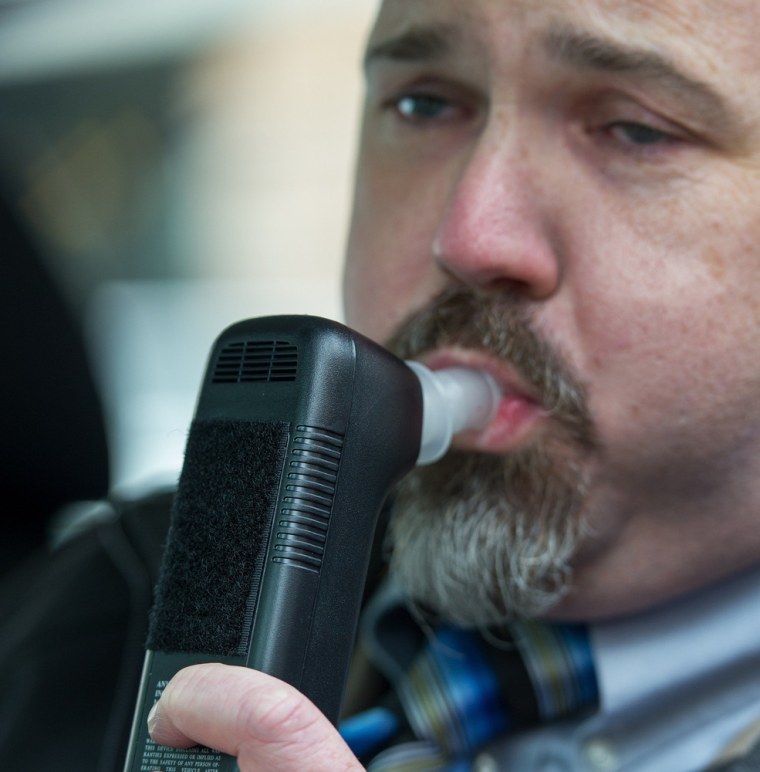The nation’s top auto safety manager wants to ramp up the crackdown on drunk drivers and is urging that all states require ignition interlocks for anyone convicted of driving under the influence, even after a first offense.
There has been a concerted effort to keep impaired drivers off the road in recent years, targeting what has traditionally been one of the most significant causes of fatal accidents. The number of alcohol-related crash fatalities has fallen from more than 21,000 annually in the early 80s — accounting for more than half of all road deaths, according to the National Highway Traffic Safety Administration — to around 10,000 in recent years, a third of traffic fatalities.
All 50 states and the District of Columbia now use ignition interlocks, which are designed to prevent a vehicle from starting if the driver has been drinking. But the rules on who must use the devices vary. In Michigan, only those convicted of having blood-alcohol levels of 0.17, double the legal limit, must use an interlock. In West Virginia, an interlock can be used for a first-time offender at a judge’s discretion. Other states only target repeat offenders.
Only 20 states require the devices for anyone convicted of a drunken driving-related offense.
NHTSA Administrator David Strickland wants that to change in order to “protect sober motorists and ensure that individuals convicted of drunk driving learn from their mistakes.”
The agency this week released its model guideline for state ignition interlock programs that would cover even first-time offenders just barely over the limit.
Studies show that ignition interlocks are about 75 percent effective in keeping those previously convicted of drunken driving from repeating their behavior. While there are numerous different designs, the devices typically require the driver to blow into a tube that measures breath alcohol levels. If a person fails he or she may try again, for up to three attempts before the vehicle is locked down.
Other versions may also use cameras to record a person’s behavior behind the wheel. Courts may access the data recorded and, in some jurisdictions, a motorist who blew over the limit may face additional penalties.
NHTSA’s increased focus on drunk driving is timely considering that deaths in crashes involving drunk drivers rose 4.6 percent last year to 10,322, up from 9,865 in 2011. The agency noted that crashes involving alcohol increase around the holidays and also announced its annual crackdown on impaired driving, which runs through Jan. 1.
There have been as many as 1.5 million annual arrests for driving under the influence or for driving while intoxicated in recent years. Even so, the group Mothers Against Drunk Driving cites studies that first-time DUI offenders will have driven drunk 87 times before their first arrest.
Government data indicate about 300,000 motorists must use the interlock devices to get behind the wheel. The devices typically cost about $75 and may run $50 a month or more to maintain.
Related stories:
Louisiana Named Home to America's Worst Drivers
Number of Vehicles on World Roads Could Soon More than Double
Honda, Acura Plan Major Debuts at Upcoming Detroit Auto Show
